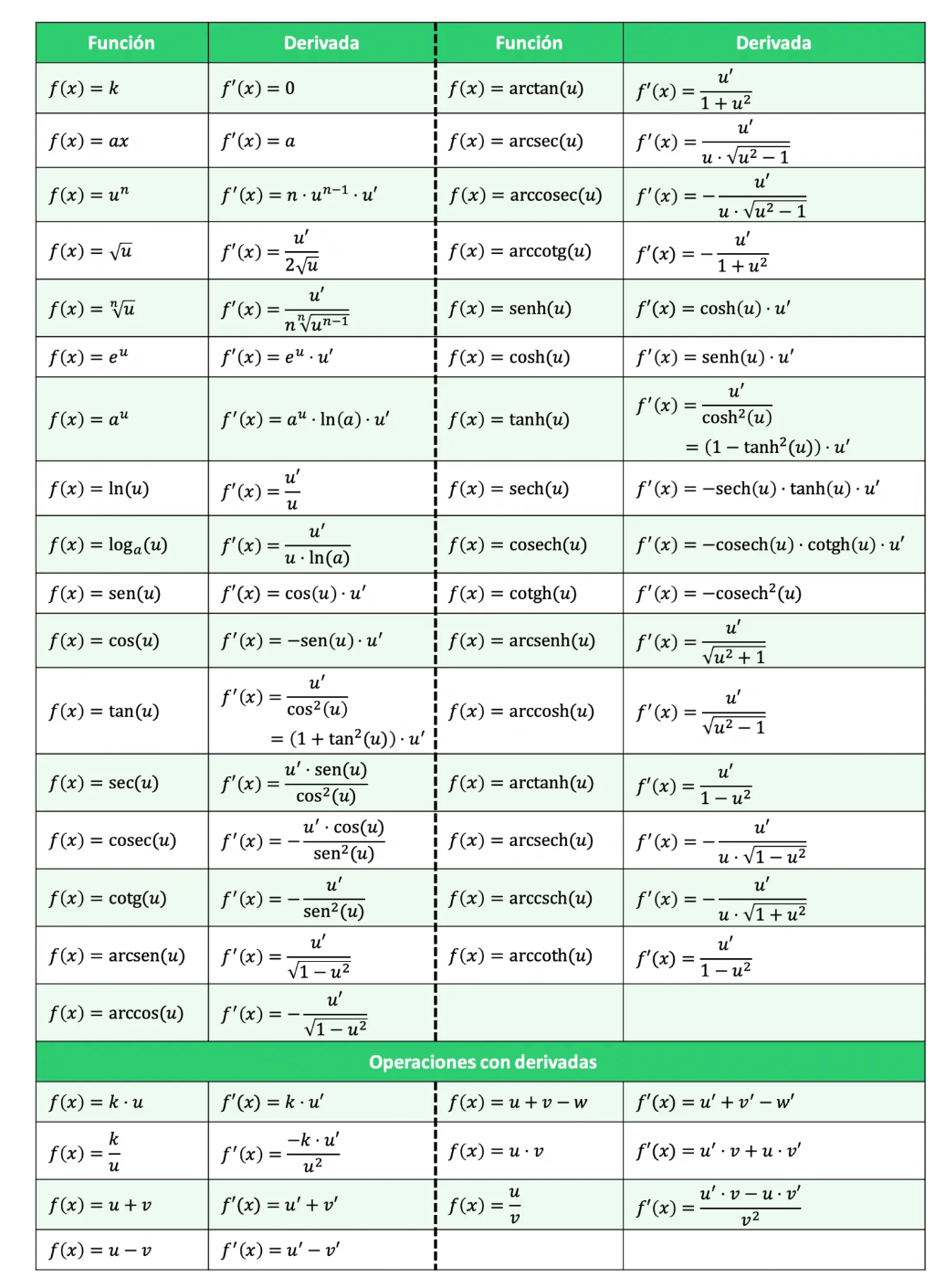Strategic Corporate and Financial Restructuring
Value Maximization in Financial Management
Creation and maximization of value (also called wealth) is the objective function of financial management. There are diverse ways by which value maximization occurs in a business firm. When the demand for goods and services is growing, firms tend to expand their business capacity and seize the opportunity of increasing demand. This could be done by constructing more production units or opening more operational units. Alternatively, expansion of business
Read MoreThe Democratic Sexenio and Spain’s First Republic
The Democratic Sexenio (1868-1874)
The Democratic Sexenio comprised three distinct periods: the interim government of Serrano (1868-1870), the reign of Amadeo I of Savoy (1870-1873), and the First Republic (1873-1874).
The Interim Government and the 1869 Constitution
After the departure of Isabella II following the Glorious Revolution in 1868, the people organized and initiated pockets of social revolution. The military leaders of the revolution quickly formed an interim government led by three generals:
Read MoreMastering English: Conditionals, Passive Voice, and Phrasal Verbs
Key English Vocabulary and Phrasal Verbs
- Bring back – Devolver, traer de vuelta
- Carry out – Llevar a cabo
- Cheer up – Animarse
- Come up with – Proponer, ocurrírsele
- Conductor – Director de orquesta
- Ethnic diversity – Diversidad étnica
- Extremism – Extremismo
- Find out – Averiguar
- Get back to – Volver a (contactar, responder)
- Get away – Escaparse
- Human interest stories – Historias humanas/interesantes
- Lead guitarist – Guitarrista principal
- Live gig – Concierto en vivo
- Live in camps to
Statistics Essentials: Mean, Regression, Events & Sampling
Measures of Central Tendency
Explain measures of central tendency.
- Mean: The average value, calculated by summing all values and dividing by the number of observations.
- Median: The middle value when data is arranged in order; useful for skewed distributions.
- Mode: The most frequently occurring value in the dataset.
Regression and Regression Equations
Describe regression and types of regression equations
Regression models the relationship between a dependent variable (y) and one or more independent variables
Read MoreClose Reading, Literary Devices, Myth, and Critical Theories
Close Reading and Interpretation
Close Reading: Deep analysis of a text (novel, poem, film, song, image) focusing on word choice, literary devices, structure, and themes. The goal is to study a text carefully, make an evidence-based interpretation, and support claims with key moments (“proof”).
Death of the Author
Death of the Author: Roland Barthes (1967) argues that meaning belongs to the reader, not the author; the author’s intention is irrelevant or unreliable, and all interpretations are valid
Read MoreKey Features of Effective Classroom Discussion and Learning Support
Features of Classroom Discussion
Interactive Learning and Active Involvement
Classroom discussion is an interactive technique that promotes student thinking, participation, and collaborative learning. One of its major features is the active involvement of learners. Instead of passively listening to the teacher, learners share ideas, opinions, and interpretations on a given topic. This helps them construct knowledge rather than merely receive it.
Exchange of Viewpoints and Critical Thinking
Another key
NPO Management and Hong Kong Social Welfare History
Non-Profit Organization (NPO) Fundamentals
Defining NPOs and Their Characteristics
From an academic viewpoint, NPOs exhibit the following characteristics:
- Organized: Structured operations and governance.
- Private: Institutionally separate from government.
- Non-Profit Distributing: Surplus revenue is reinvested, not distributed to owners or directors.
- Self-Governing: Able to control their own activities.
- Voluntary: Relying significantly on voluntary participation and contributions.
NPO Functions and Impacts
The
Read MoreFundamentals of Genetics, DNA and Biotechnology
Genotype and Phenotype
Genotype: genetic constitution of an individual character or referring to a whole set of genes (e.g., AA, Aa).
Phenotype: external expression of the genotype. The phenotype is the property that presents in the individual (e.g., yellow, green).
Alleles: each of the variants of a gene. For each gene, the individual has a pair of alleles, which are commonly represented with a letter: A (dominant), a (recessive).
Heterozygous: an individual who carries two different alleles (e.g.,
Read MoreApplied Linguistics Research: Key Concepts and Empirical Study Elements
1. Linguistic Field Scope
Linguistics is an inter- and multidisciplinary field of research with a wide scope.
2. Empirical Paper Interpretation
Which of the following sections of an empirical paper interprets the findings of the study? Discussion
3. Professional Networks in Applied Linguistics
Which one of the following is part of the professional networks for the dissemination of knowledge in Applied Linguistics? All of the above
4. Modern AL Concerns
Choose the option that best completes the following
Read MoreAxolotl: Mexican Icon of Regeneration and Survival
The Axolotl: Mexico’s Unique Symbol
The axolotl is one of Mexico’s most unique and symbolic animals. Known for its appearance and its special abilities, it plays an important role in Mexican culture, scientific research, and environmental discussions. Even though it is small, it represents big ideas such as identity, survival, and the need to protect nature.
Cultural Significance in Aztec Heritage
The axolotl has a strong cultural meaning in Mexico. In Aztec mythology, it was connected to the god
Read More
